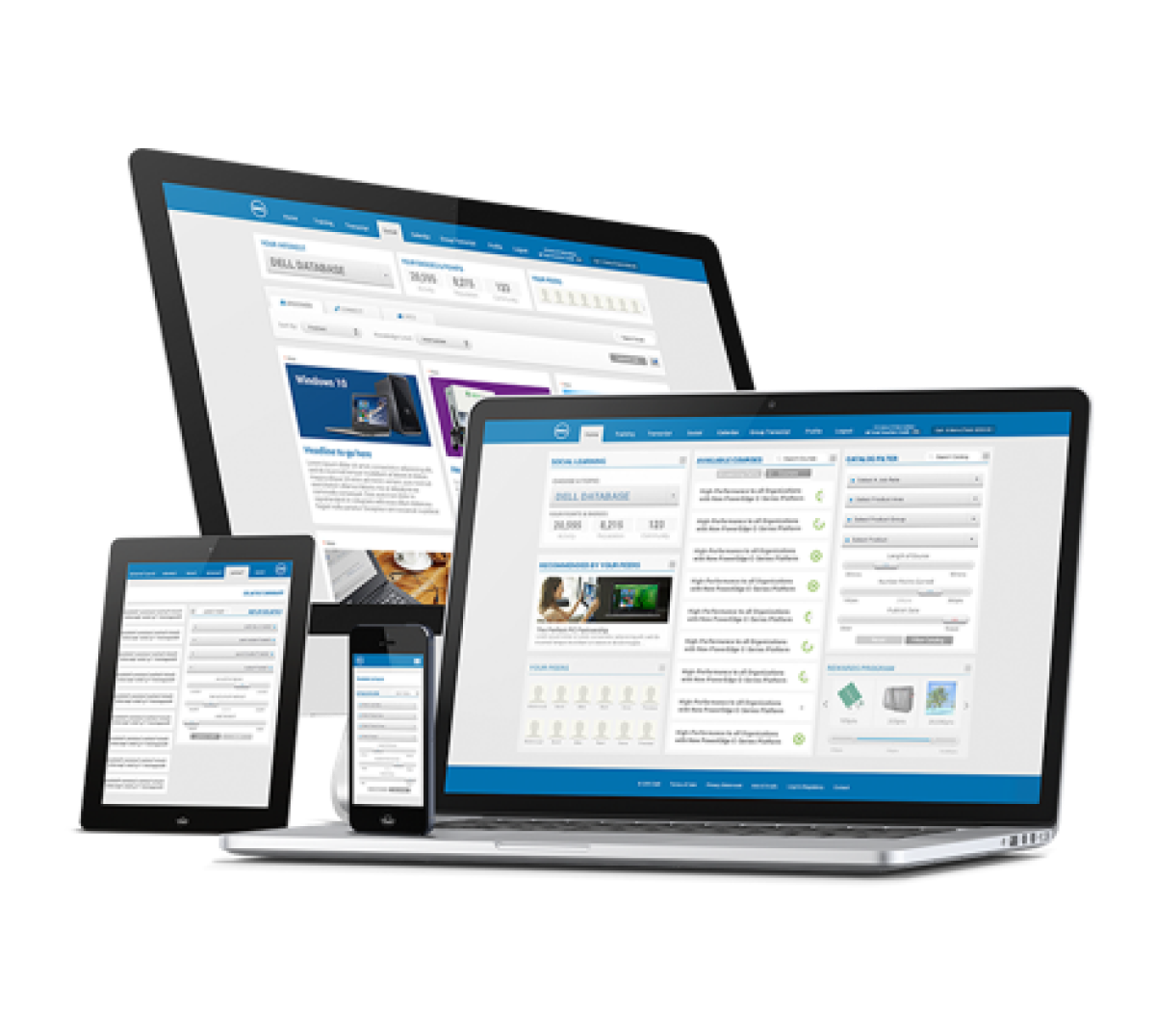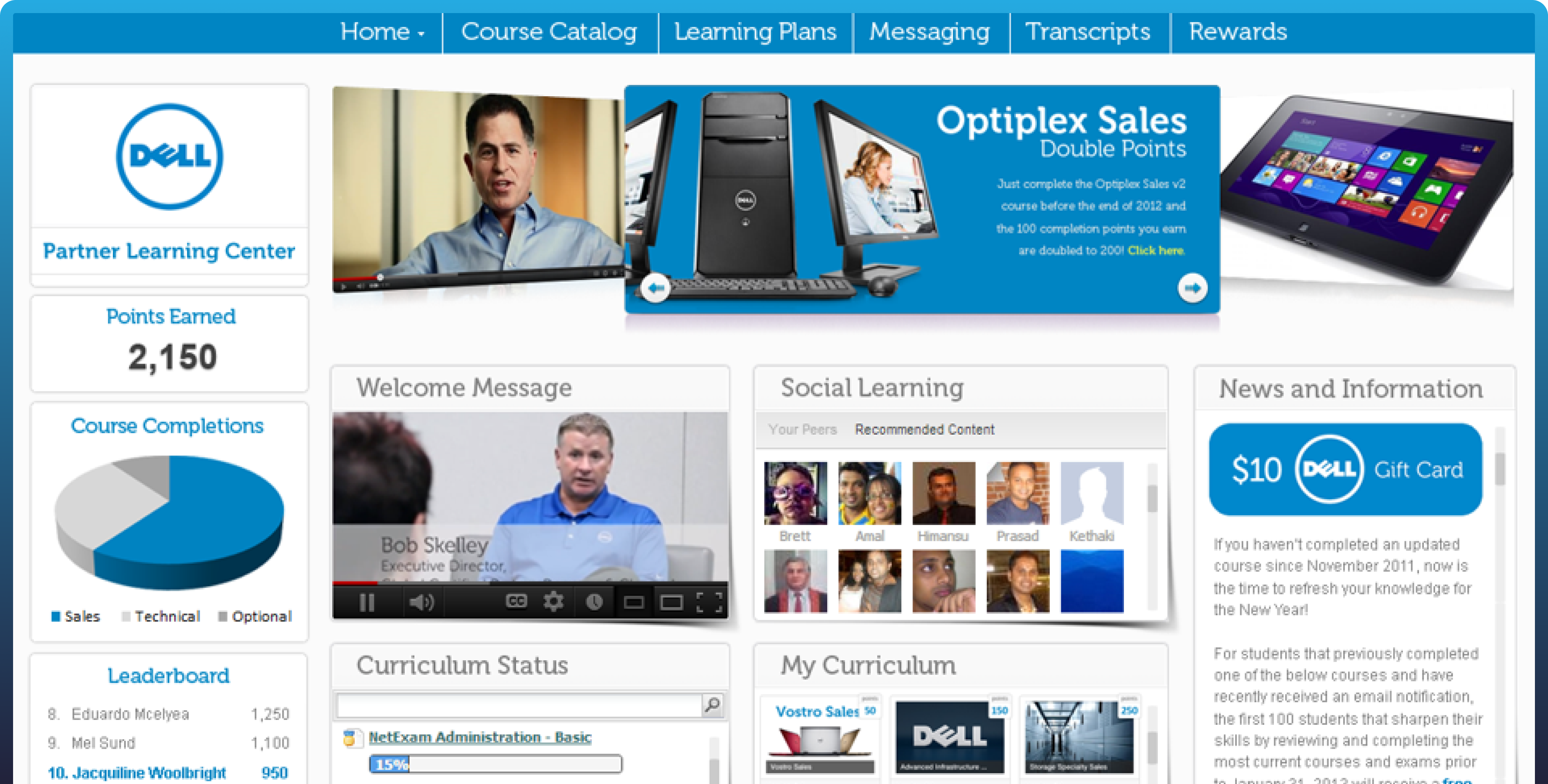
A common challenge for many organizations is delivering training to partners that drives real business results. Many struggle to make sure training initiatives impact sales goals?
A recent panel discussion featuring John Leh from Talented Learning, Jeff Campbell from Motrain, and Brett Strauss from NetExam provided valuable insights on this topic, focusing on how channel leaders and learning teams can collaborate effectively to boost sales through partner education.
1. Understanding Different Priorities: Learning vs. Sales
One of the biggest challenges organizations face is that learning and development (L&D) teams and channel leaders often have different priorities. As John Leh points out, “L&D professionals think about course completion, engagement, and the efficacy of the content, while channel leaders are focused on sales, getting rid of bad partners, finding new partners, and driving revenue.”
This can create a disconnect between training programs and business outcomes. To bridge the gap, learning teams need to consistently collaborate with channel leaders. Leh recommends meeting regularly—not just once—to understand what the channel team is trying to achieve, whether it’s onboarding new partners, improving sales performance, or retaining existing partners. By aligning training programs with these business objectives, both teams can work toward the same goals.
2. Tailoring Training to Business Metrics
To make training impactful, organizations need to tie their education efforts directly to business metrics. According to Leh, the key is to create a governance structure where L&D professionals, channel leaders, and other stakeholders (like customer service teams) work together to identify the most important business drivers.
“When everyone is measuring the same thing and focused on the same business metrics, that’s when the organization really starts to excel,” Leh explains. He encourages organizations to move beyond thinking of training as a cost center and instead view it as a revenue generator. “If training is tied to improving sales, supporting partners, and driving growth, it becomes a key part of the business strategy.”
3. Shifting Ownership to Marketing for Better Results
Jeff Campbell noted that the ownership of partner training has shifted in many organizations over the past year. In some cases, responsibility has moved from L&D teams to marketing departments. This shift can lead to better outcomes because marketing teams are more focused on business metrics, such as increasing revenue and customer engagement.
Campbell explains, “When marketing owns partner training, the mindset shifts. The KPIs, the metrics, and the goals become more aligned with business strategy. Marketing teams typically have larger budgets and a greater focus on ROI, which leads to more effective training programs.”
This transition can also help senior leadership see training as a strategic initiative rather than a cost burden. Marketing’s revenue-driven approach ensures that training programs are designed to deliver measurable results, whether through increased sales, better partner performance, or improved customer satisfaction.
4. The Importance of Measuring Training Impact
Measuring the effectiveness of partner training is critical. As Brett Strauss notes, organizations must go beyond simply checking off course completions. They need to evaluate whether training is making a tangible impact on sales.
“You can’t just throw some training at your partners and assume you’re covered,” says Strauss. “You have to measure the difference. For example, you should know whether certified partners sell 3.7% more than non-certified partners over the course of a year. If your training doesn’t have a direct impact on revenue, you need to reassess the quality of your content.”
Strauss also emphasizes the importance of constantly refining training programs based on these metrics. If the impact of a course on sales isn’t as high as expected, it’s a signal that the content needs to be improved. By using real-time feedback loops, organizations can continuously adjust their training to ensure it delivers better results.
5. The Role of Partner LMS in Driving Revenue
The panel highlighted a key difference between traditional HR learning management systems (LMS) and partner-focused LMS platforms. While HR-focused LMS platforms are designed to help employees grow their careers over time, a partner LMS should be focused on driving short-term business growth.
“A partner LMS should help move an organization from $2 million to $5 million in sales over a few years,” Strauss says. “It’s about pushing the entire partner ecosystem to achieve higher sales performance in a shorter time frame.”
This requires an LMS that can measure and track the sales impact of training in real-time. Organizations need to ensure their LMS is not just a tool for delivering content, but a system that integrates with their CRM and other business tools to track sales performance and provide actionable insights.
6. Moving from Learning Metrics to Business Metrics
As Jeff Campbell mentioned, senior leadership typically doesn’t care about learning metrics like course completions or login numbers. They care about business metrics—revenue, sales growth, and customer retention. For training to be successful, it needs to be tied to these larger business goals.
“The best training projects are the ones where the focus is on measurable business outcomes,” Campbell explains. “By aligning training with the company’s broader business objectives, learning teams can ensure their programs are making a real impact.”
This mindset shift also helps L&D professionals get buy-in from senior leadership. By framing training as a revenue driver, rather than a cost center, organizations can secure the resources they need to create high-quality, impactful learning programs.
7. Breaking Down Silos for Strategic Success
While it may be tempting to let marketing or channel leaders run partner training independently, Leh cautions against working in silos. Instead, he advocates for a holistic approach where all stakeholders collaborate and share insights.
“A strategic organization looks at channel partners, customer service teams, sales teams, and customers as part of an extended ecosystem,” Leh says. “All of these groups can benefit from the same learning management system and content. When you think about training holistically, it becomes a competitive differentiator that moves the business needle.”
Key Takeaways: Partnering for Success
Aligning partner education with business goals requires collaboration, measurement, and a focus on revenue. By bringing together L&D teams, channel leaders, and marketing departments, organizations can create training programs that not only boost partner engagement but also drive sales and improve business outcomes.
The future of partner education lies in strategic alignment—tying learning initiatives to the specific metrics that matter most to the business. By doing so, organizations can turn training into a powerful tool for growth and set themselves apart from the competition.
As John Leh puts it, “It’s no longer about compliance or checking boxes. Training should be a strategic initiative that moves the business needle—and it’s time for learning professionals to embrace that shift.”If you’re looking for more ways to improve your partner training programs, watch the complete panel discussion at https://youtu.be/hCynTwdsI50.
Meet the Experts:
- Brett Strauss, NetExam
NetExam LMS+ is a leading learning management system designed to optimize partner and customer education. With a strong focus on external training, NetExam enables companies to improve product expertise, boost partner performance, and drive revenue growth. - Jeff Campbell, Motrain
Motrain is a cutting-edge platform designed to incentivize learning through gamification. By integrating with LMS platforms like NetExam, Motrain helps organizations motivate their channel partners to complete training and improve sales through rewards and recognition. - John Leh, Talented Learning
Talented Learning is a research and consulting firm that focuses on external training solutions. John Leh, as the CEO and lead analyst, brings decades of experience in helping organizations optimize their learning programs for channel partners, customers, and other external audiences.
Book a Demo
Experience how NetExam LMS+ can supercharge your training operations and boost your customer and partner retention. Enter your email address and we’ll connect you with the right person.


